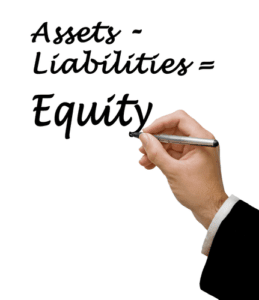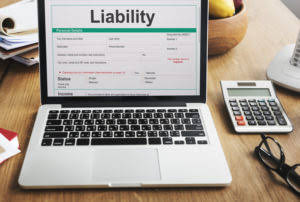How to Calculate Change in Assets The Motley Fool

The same logic holds true for taxes payable, salaries, and prepaid insurance. If something has been paid off, then the difference in the value owed from one year to the next has to be subtracted from net income. If there is an amount that is still owed, then any differences will have cash flow from assets calculation to be added to net earnings. Thomas J Catalano is a CFP and Registered Investment Adviser with the state of South Carolina, where he launched his own financial advisory firm in 2018.
What challenges and limitations should businesses be aware of when conducting cash flow analysis?

As a result, not all investors have the background knowledge or are willing to dedicate the time to calculate the number manually. Operating cash flow is the cash generated from a firm’s normal business activities. Operating cash flow is equal to revenues minus costs, excluding depreciation and interest. Depreciation expense is excluded because it does not represent an actual cash flow; interest expense is excluded because it represents a financing expense.
- To do this, just divide the difference from above, $420 million, by last year’s total assets, $1.975 billion.
- At first, it can be challenging, but you will manage your business finances better once you get the hang of things.
- Cash flow forecasting is a critical process for businesses, enabling them to anticipate future cash inflows and outflows, identify potential liquidity issues, and plan for contingencies.
- Positive financing cash flow indicates that a company is raising capital, while negative cash flow signals that the business is repaying debts or repurchasing shares.
- The operating cash flow ratio measures a company’s ability to cover its short-term liabilities using the cash generated from operations.
- You’ll also find tips for managing cash flow to promote stability and growth for your business.
Is there any other context you can provide?

Free cash flow is an important financial metric because it represents the actual amount of cash at a company’s disposal. A company with consistently low or negative FCF might be forced into costly rounds of fundraising in an effort to remain solvent. A change in working capital can be caused by inventory fluctuations or by a shift in accounts payable and receivable. If Company XYZ’s sales are struggling, they may choose to extend more generous payment terms to their clients, ultimately leading to a negative adjustment to FCF.

Premium Investing Services
- In this situation, the divergence between the fundamental trends was apparent in FCF analysis but was not immediately obvious by examining the income statement alone.
- However, the cash flow statement also has a few limitations, such as its inability to compare similar industries and its lack of focus on profitability.
- Therefore, cash is not the same as net income, which includes cash sales as well as sales made on credit on the income statements.
- In contrast, when interest is given to bondholders, the company decreases its cash.
- Changes in cash from financing are cash-in when capital is raised and cash-out when dividends are paid.
In these cases, revenue is recognized when it is earned rather than when it is received. This causes a disconnect retained earnings between net income and actual cash flow because not all transactions in net income on the income statement involve actual cash items. Therefore, certain items must be reevaluated when calculating cash flow from operations. The cash flow statement (CFS), along with the income statement and balance sheet, represent the three core financial statements. Depreciation itself is a non-cash expense, meaning no cash is actually paid out when depreciation is recorded in the income statement.
The impact of non-cash add-backs is relatively straightforward, as these have a net positive impact on cash flows (e.g. tax savings). The net income as shown on the income statement – i.e. the accrual-based “bottom line” – can therefore be a misleading depiction of what is actually occurring to the company’s cash and profitability. For information pertaining to the registration status of 11 Financial, please contact the state securities regulators for those states in which 11 Financial maintains a registration filing. This cash flow statement shows that Nike started the year with approximately $8.3 million in cash and equivalents. As a result, the business has a total of $126,475 in net cash flow at the end of the year.
- But when a company divests an asset, the transaction is considered cash-in for calculating cash from investing.
- The bottom line reports the overall change in the company’s cash and equivalents over the last period.
- In these cases, revenue is recognized when it is earned rather than when it is received.
- Therefore, it should always be used in unison with the income statement and balance sheet to get a complete financial overview of the company.
- Positive cash flow reveals that more cash is coming into the company than going out.
Would you prefer to work with a financial professional remotely or in-person?

Thus, when a company issues a bond to the public, the company receives cash financing. In contrast, when interest is given to bondholders, the company decreases its cash. Factoring with altLINE gets you the working capital you need to keep growing your business. This might mean renting out unused space or machinery, ensuring equipment operates at optimal capacity, or diversifying product lines. Avoiding overstocking and instead focusing on just-in-time inventory systems can reduce holding costs and free up cash. Note why and where you’re overstocking and develop a written plan that makes your process more efficient going forward.

Leave a Comment